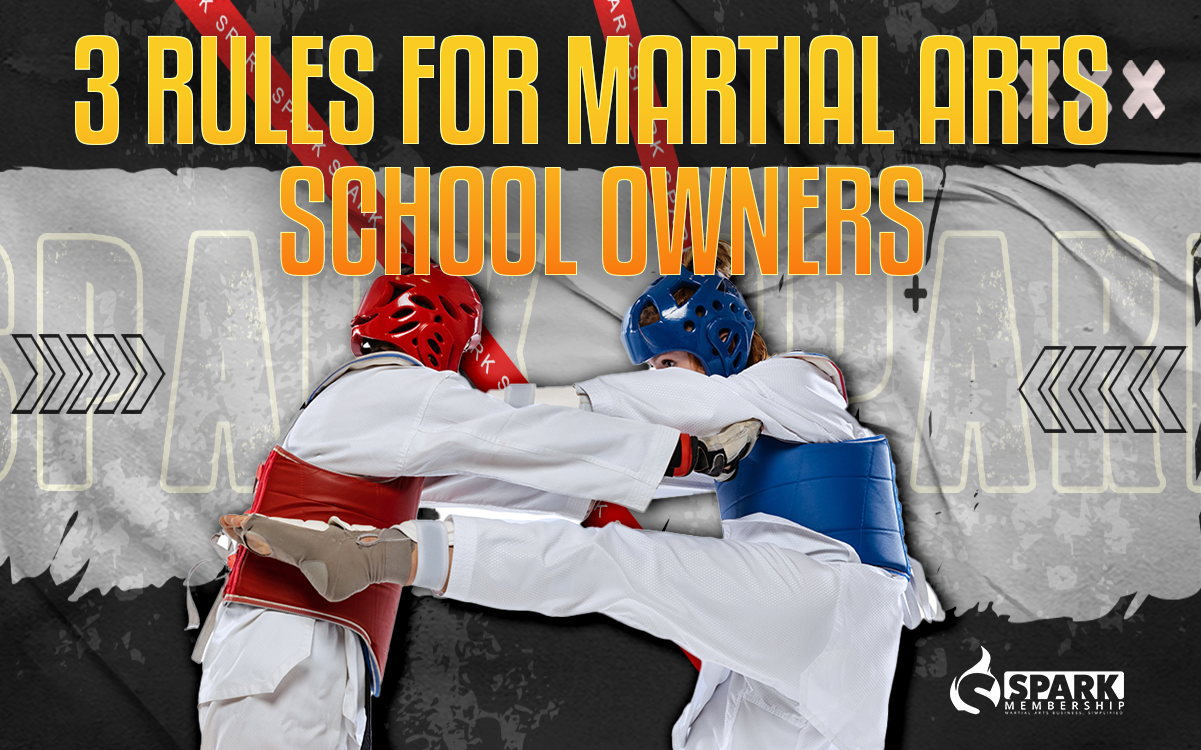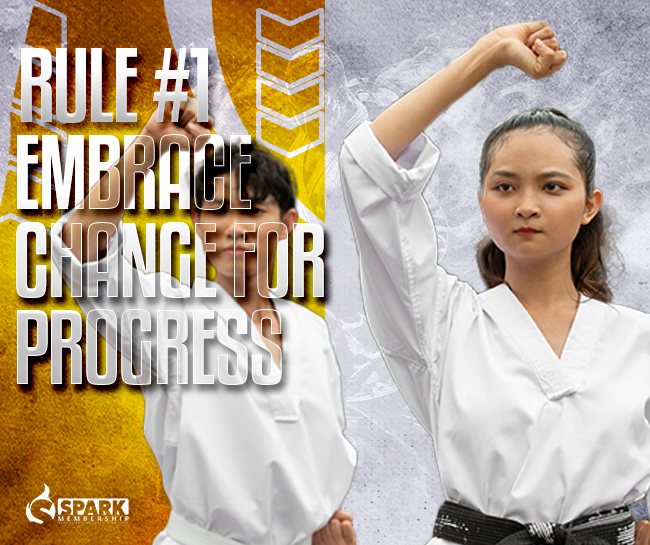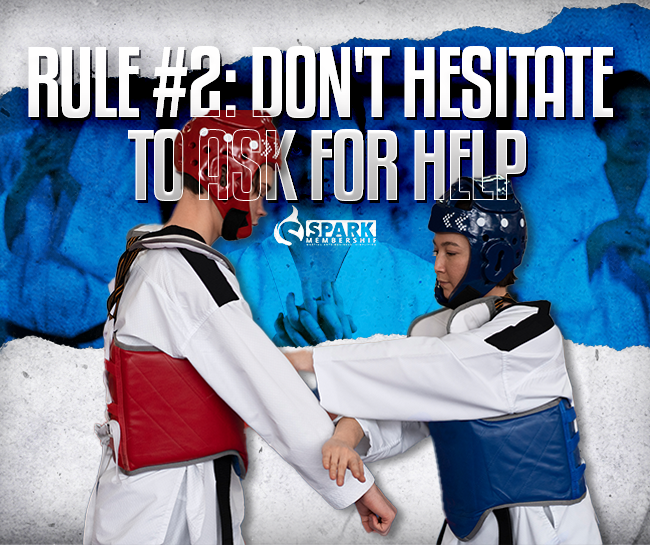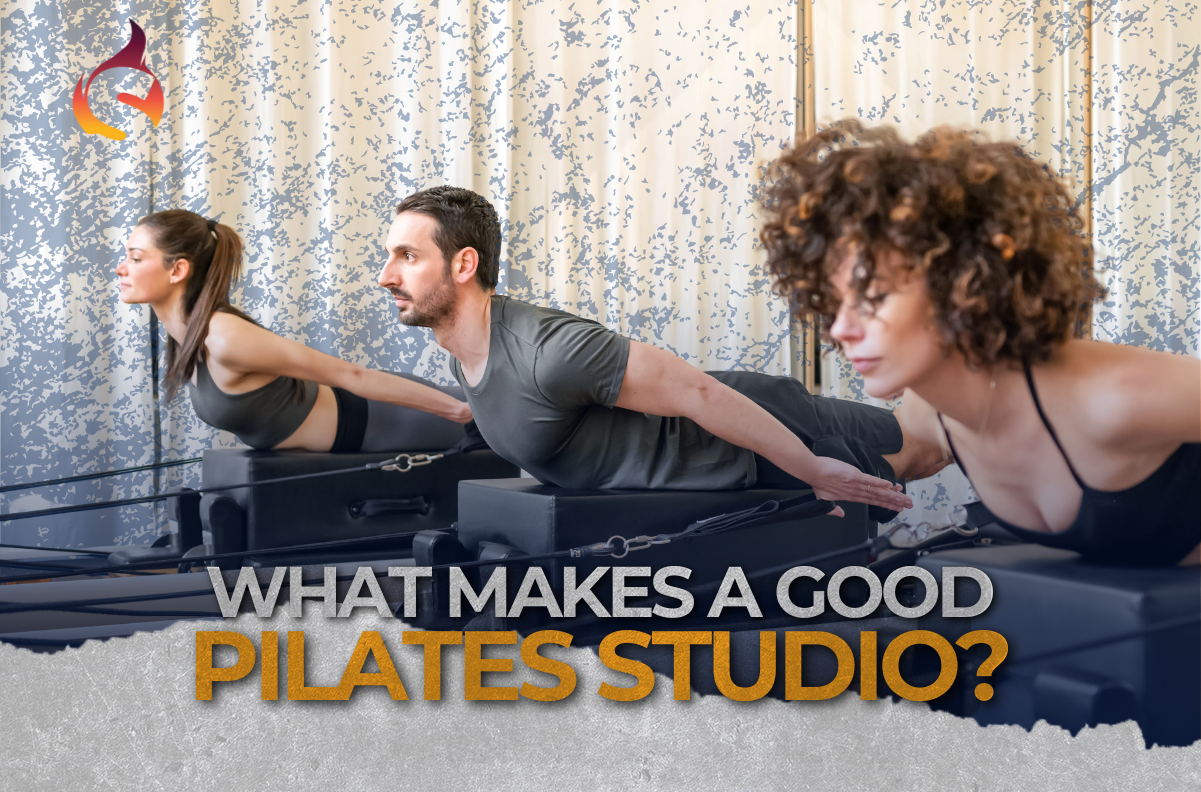
Have you ever wondered, “What makes a good Pilates studio?” It’s a vital question for anyone stepping into the vibrant world of Pilates. This guide is your roadmap to crafting a studio that stands out, offering more than just workouts but a sanctuary for well-being. You’ll discover how to perfect the atmosphere, quality of instruction, and overall client experience. Transform your studio from just another fitness spot into a thriving community where physical and mental health flourish together. Let’s dive in and unlock the full potential of your Pilates studio.
What You Need in a Pilates Studio
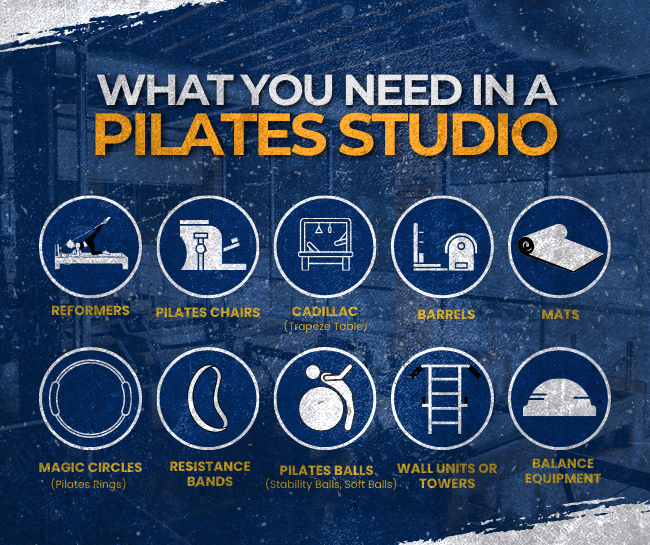
Creating a successful Pilates studio requires more than just space; it demands a thoughtful blend of equipment, layout, and atmosphere that inspires and facilitates transformative wellness experiences.
- Reformers: A versatile piece of equipment featuring a sliding carriage, springs for resistance, and straps for hands and feet. It’s used for a wide range of exercises to improve strength, flexibility, and balance.
- Pilates Chairs (Wunda Chairs): Compact and challenging, these chairs have a pedal to provide resistance. They are used to perform exercises that enhance core stability, balance, and leg strength.
- Cadillac (Trapeze Table): A large apparatus equipped with a canopy frame from which springs, straps, and bars hang. It allows for a variety of exercises, supporting the body in different ways to strengthen and stretch.
- Barrels: Including the Ladder Barrel, Spine Corrector, and Arc Barrel, these are curved surfaces that assist with spine flexibility and strengthening deep core muscles through various exercises.
- Mats: The foundation of Pilates work, mats are used for floor exercises. They provide cushioning and support for the spine and joints during practice.
- Magic Circles (Pilates Rings): A flexible ring used for adding resistance to Pilates exercises. It helps engage the muscles of the inner and outer thighs, arms, and chest.
- Resistance Bands: Elastic bands used to add resistance to exercises, helping to build strength and increase flexibility. They’re portable and versatile, suitable for a range of movement and stretching exercises.
- Pilates Balls (Stability Balls, Soft Balls): Used to enhance balance, core engagement, and posture. The instability of the balls adds a challenge to the exercises, engaging more muscle groups.
- Wall Units or Towers: A wall-mounted or free-standing unit with springs, bars, and straps that provide resistance. It’s used for performing a variety of exercises that target different parts of the body.
- Balance Equipment (BOSU Balls, Balance Boards): These tools are used to improve balance, coordination, and core strength. They add an instability element to exercises, making the core work harder to maintain balance.
How Big Should a Pilates Studio Be?
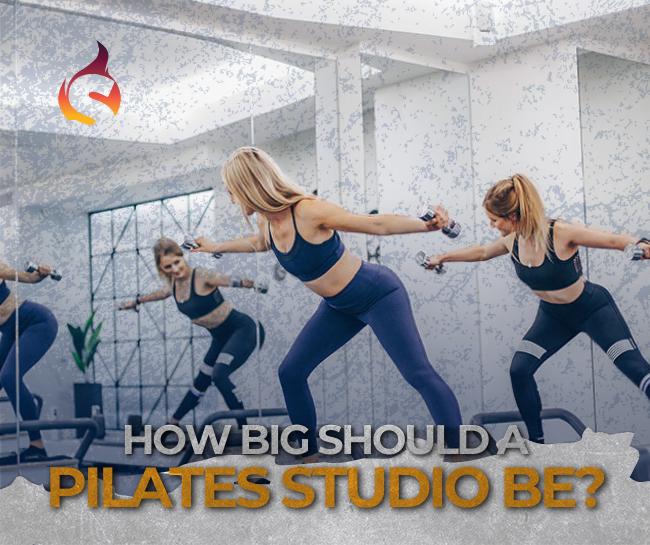
Size matters when it comes to Pilates studios. Too small, and you risk overcrowding; too large, and the space may feel impersonal. The ideal studio size balances comfort with functionality, allowing for small group classes while retaining the ability to offer one-on-one sessions. A space of 1,000 to 1,500 square feet typically works well, providing enough room for equipment, personal training areas, and a small reception or waiting area.
What Makes a Pilates Studio Stand Out
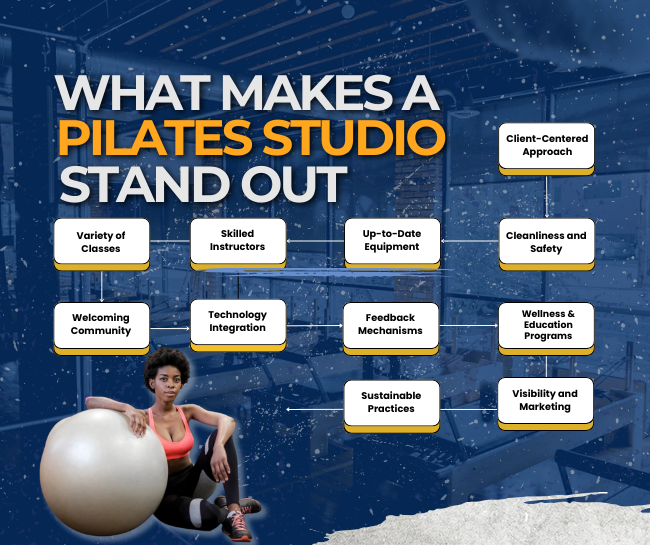
To ensure your Pilates studio stands out and offers an exceptional experience, focusing on key elements is crucial. Beyond ambiance and accessibility, consider these additional hallmarks of a successful studio:
- Client-Centered Approach: Tailoring sessions to meet individual client needs, goals, and abilities shows dedication to their personal journey, enhancing satisfaction and loyalty.
- Cleanliness and Safety: A well-maintained, clean environment is essential for client comfort and health. Regular cleaning and equipment checks ensure safety and convey professionalism.
- Up-to-Date Equipment: Keeping your equipment modern and in good repair not only improves the effectiveness of workouts but also shows a commitment to quality.
- Skilled Instructors: Instructors should not only be certified and experienced but also passionate about Pilates and dedicated to lifelong learning in their craft.
- Variety of Classes: Offering a range of classes, from beginner to advanced, mat to equipment-based, caters to a broad audience and keeps clients engaged.
- Welcoming Community: Fostering a supportive and inclusive environment encourages a sense of belonging among clients, making them more likely to return and recommend your studio.
- Technology Integration: Utilizing software for easy booking, payment processes, and client communication streamlines operations and enhances the client experience.
- Feedback Mechanisms: Implementing ways to gather and act on client feedback demonstrates responsiveness and a willingness to adapt based on client needs and preferences.
- Wellness and Education Programs: Offering workshops, nutrition advice, and wellness programs can position your studio as a holistic health hub, extending its appeal.
- Visibility and Marketing: An effective online presence, through a professional website and active social media accounts, attracts new clients and keeps current ones engaged.
- Sustainable Practices: Incorporating eco-friendly practices and materials can appeal to environmentally conscious clients and contribute to a healthier planet.
💡 By embracing these hallmarks, your Pilates studio can provide an unparalleled experience that nurtures both the physical and mental well-being of your clients, ensuring longevity and success in a competitive industry.
Keeping Your Studio Out of Business Trouble
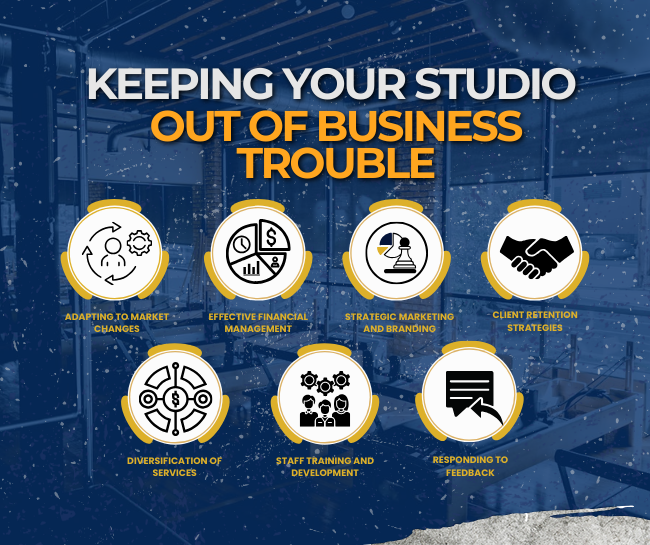
Running a Pilates studio is rewarding, but it’s not without its challenges. Staying ahead of potential pitfalls is key to ensuring your studio thrives in a competitive landscape. Here are seven ways to navigate these hurdles:
- Adapting to Market Changes: Stay informed about industry trends and adapt your offerings accordingly to meet evolving client expectations and market demands.
- Effective Financial Management: Keep a close eye on your finances, from budgeting and forecasting to managing cash flow, to ensure financial stability.
- Strategic Marketing and Branding: Develop and implement a marketing strategy that enhances your studio’s visibility and attracts new clients while retaining existing ones.
- Client Retention Strategies: Focus on building strong relationships with your clients through personalized experiences, loyalty programs, and engagement initiatives to keep them coming back.
- Diversification of Services: Offer a variety of classes, workshops, and related wellness services to appeal to a broader audience and generate additional revenue streams.
- Staff Training and Development: Invest in regular training and professional development for your instructors to maintain high-quality instruction and motivate your team.
- Responding to Feedback: Actively seek and thoughtfully respond to client feedback, making necessary adjustments to services and operations to meet their needs and expectations.
💡 By addressing these challenges head-on, you can pave a smooth path for your Pilates studio, ensuring its growth and long-term success.
Launching and running a successful Pilates studio is a rewarding venture that combines passion with entrepreneurship. By focusing on the essentials outlined in this guide — from the studio’s ambiance to the quality of instruction and beyond — you can create a flourishing space that benefits both your business and your clients’ well-being. Implement these strategies, engage with your community, and watch as your Pilates studio becomes a cornerstone of health and fitness in your area.
Remember, the journey to success is continuous. Stay committed, adaptable, and always aim to provide an exceptional experience for your clients. Your studio is not just a place for physical fitness; it’s a sanctuary for growth, well-being, and community. Embrace these principles, and your Pilates studio will thrive.
Experience a transformative journey for your Pilates Studio! Embrace the opportunity to elevate your fitness space to new heights. Sign up in Spark Membership Software now and unlock the door to a seamlessly operated, thriving, and lucrative studio.
